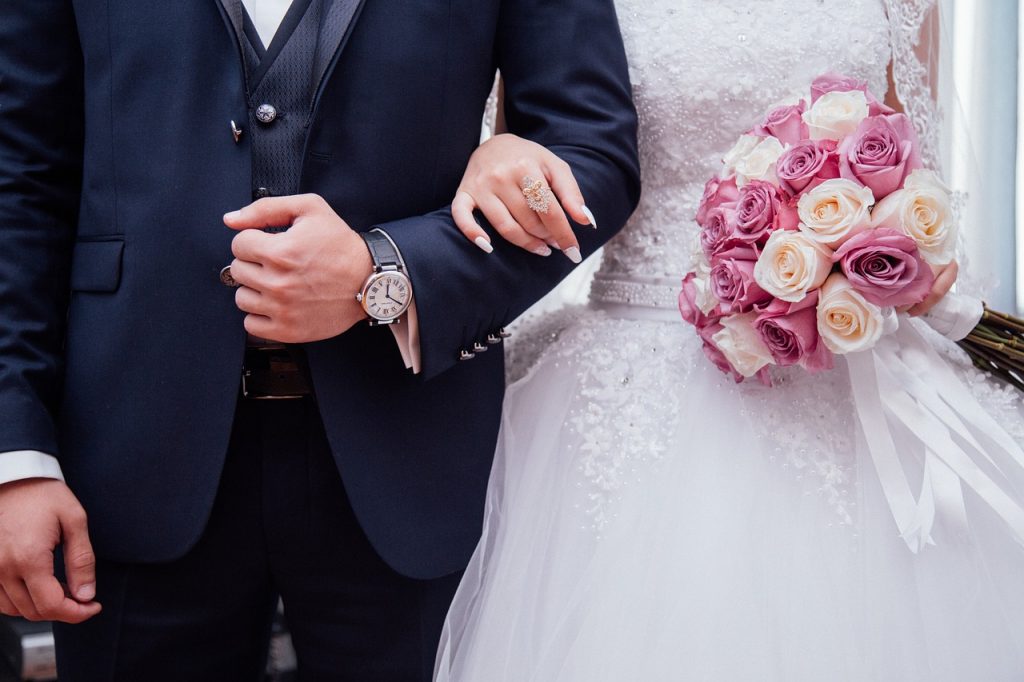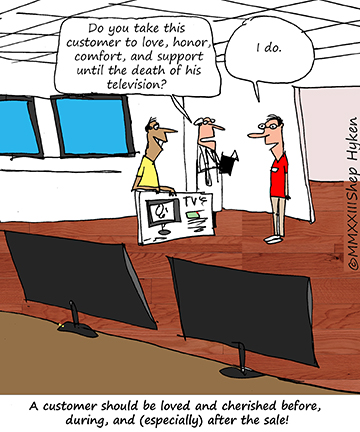
GUEST POST from Shep Hyken
The buying cycle for a customer typically includes a little research, talking to a salesperson, making the purchase, and whatever happens after the sale. That could include a follow-up from the salesperson, dealing with customer service for a problem, or any other interaction you have with the company or brand after the sale is made.
Many companies spend a lot of money and expend tremendous effort to get you in the door or to their website. They entice you with marketing messages, advertising, and anything else that could tip the scale to move a customer from thinking about buying to actually making the purchase.
Marketing messages and advertising campaigns create credibility. A salesperson’s promises make you feel good about doing business with them and their company. And if all goes well, eventually, a sale is made.
Some refer to this moment as “closing the deal.” I always joke about that phrase. “Closing the deal” signifies an ending, but in reality, it’s the beginning of the financial relationship. To put it in dating terms, everything else was courting the customer. Once the customer decides to buy, it’s like you proposed to them, and they said, “Yes.” And when the sale is finally made, it’s like getting married. And that is far from the end. It’s actually the beginning.

Once you can officially call someone a customer (versus a prospect), it’s time to keep them. In other words, you want to make the relationship last.
According to the American Psychological Association, in 2022, approximately 40-50% of first marriages end in divorce. And the No. 1 reason for divorce is simple: a lack of commitment. So, my question to a business is, “What percentage of your customers churn out after the first sale?” In other words, what’s the divorce rate of your customers?
Once the sale is made, there is the honeymoon phase, in which the customer is excited about the purchase, and you let the customer know how excited you are about doing business with them. How long does that last? Ideally, the honeymoon phase should never end. While the excitement compared to the first time doing business may ebb and flow, the customer should always feel appreciated and, in marital terms, loved.
So what do you do to court your customers and, more importantly, keep your customers in the honeymoon phase? You don’t need to answer me. Spend time with your team and discuss what you do after the sale is made to keep your clients from divorcing you and starting a new relationship with a competitor.
Image Credit: Pixabay
![]() Sign up here to join 17,000+ leaders getting Human-Centered Change & Innovation Weekly delivered to their inbox every week.
Sign up here to join 17,000+ leaders getting Human-Centered Change & Innovation Weekly delivered to their inbox every week.